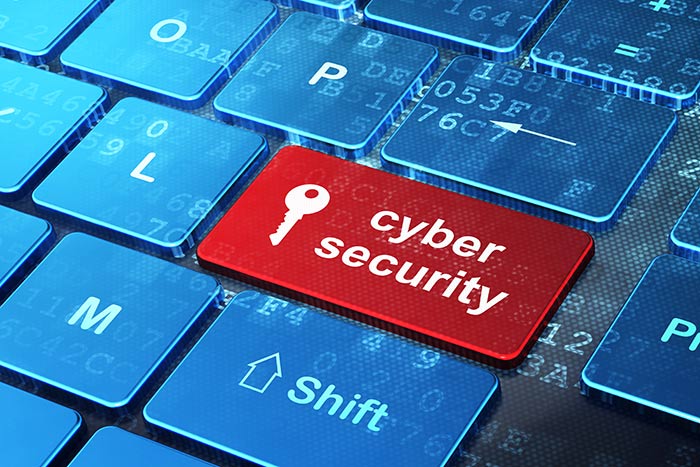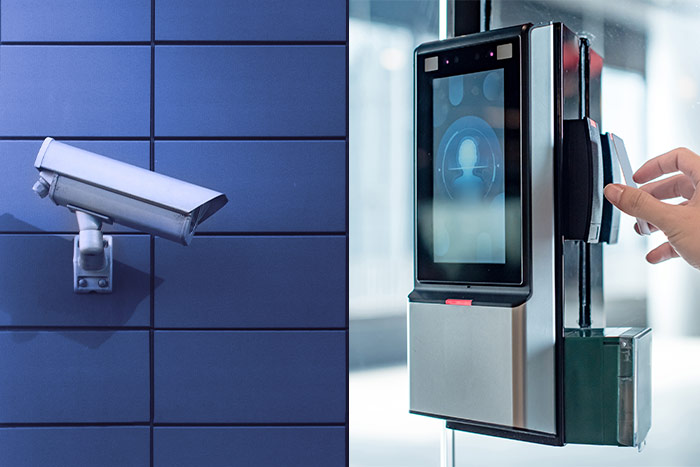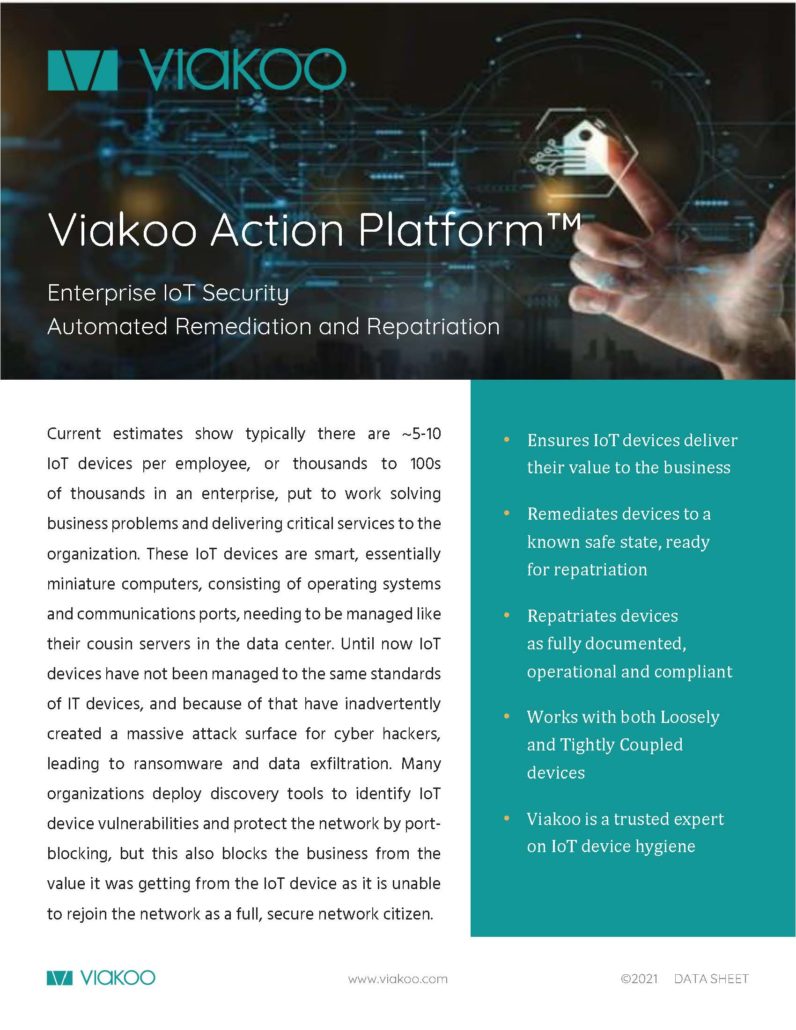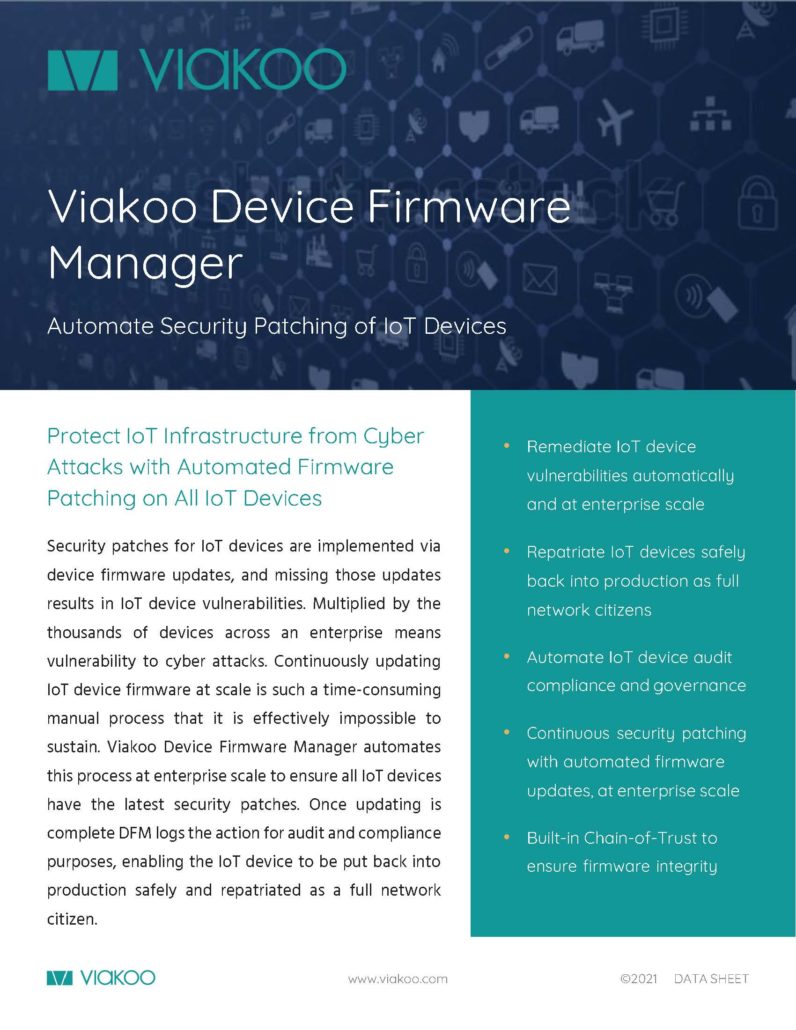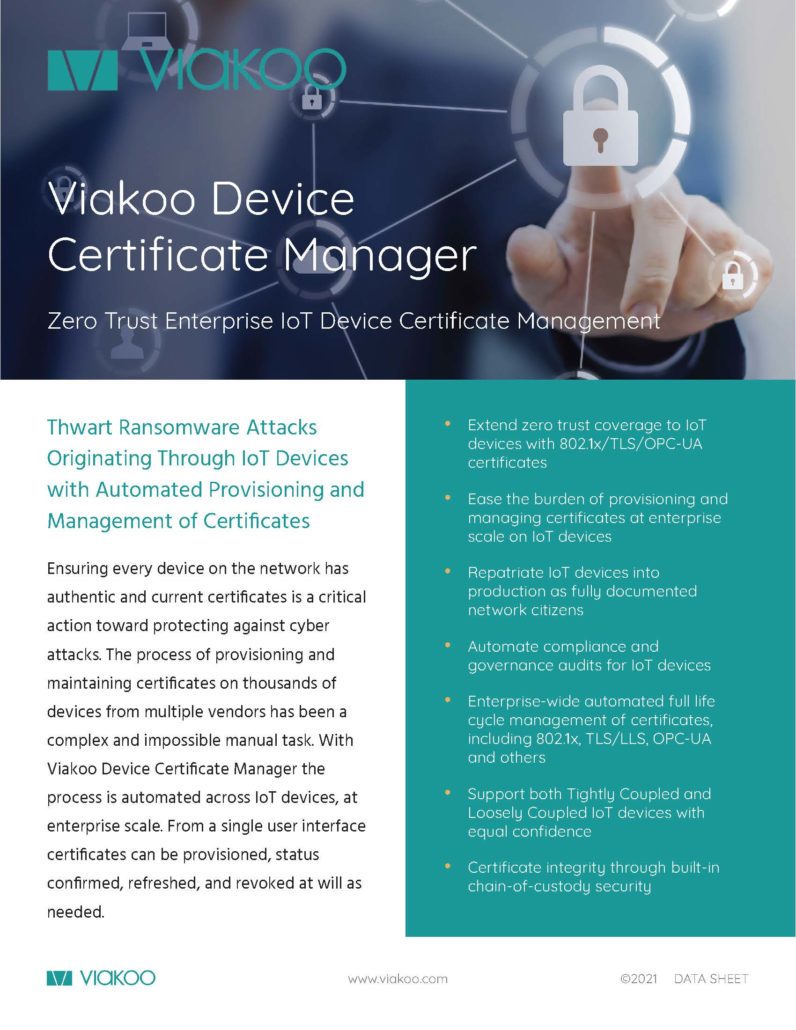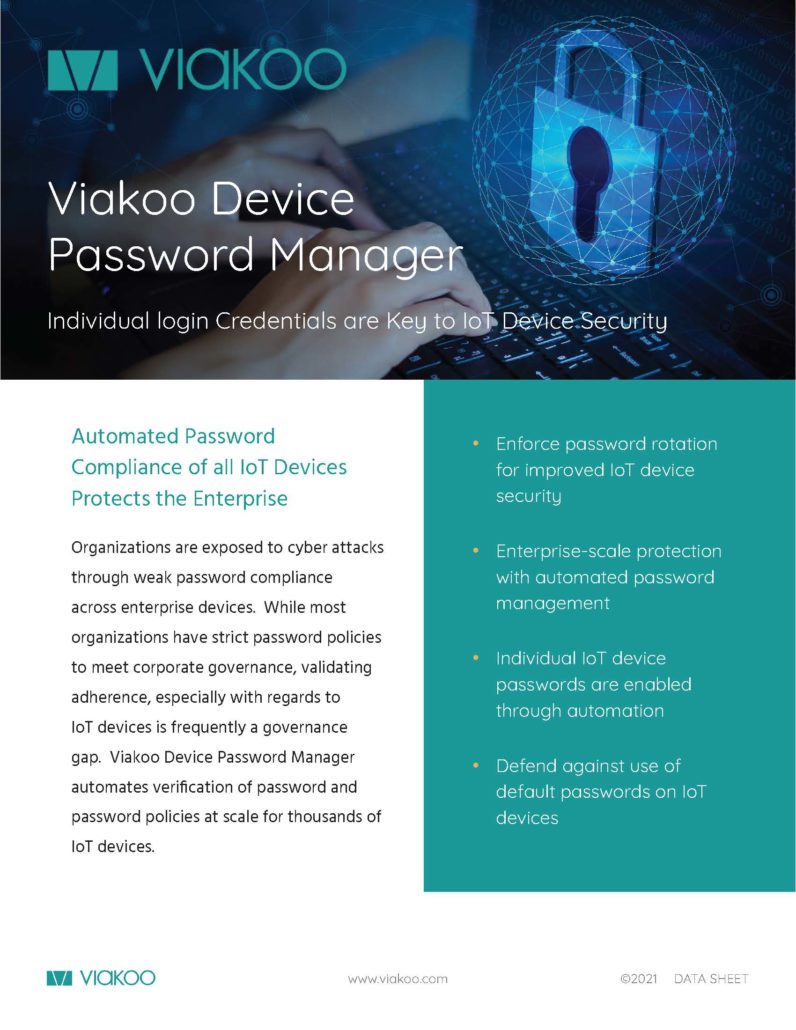What is a Zero Trust Security Model?
A zero trust security model is a security concept that has been receiving a lot of attention lately. The term “zero trust” refers to the idea that organizations should not automatically trust any user, system, or IoT devices regardless of whether they are inside or outside of the network perimeter.
In the past, organizations would typically have a “castle and moat” approach to security, where the perimeter was heavily fortified and only trusted users/devices were allowed inside. However, this approach is no longer effective in today’s world, where IoT devices and applications are often spread out across different locations. With the rise of IoT devices, there are an increasing number of entry points into networks, making it more difficult to secure them using traditional methods.
Why Adopt the Zero Trust Security Model?
Adopting a zero trust security model will make your board of directors comfortable.
The zero trust security model addresses these challenges by adopting a more comprehensive approach to security. Under this model, all devices are treated as untrusted, regardless of their location or segment. This means that they must go through an authentication process before they are granted access to any resources.

You can’t have zero trust without an effective IoT device and cyber security posture.
Organizations can implement a zero trust security model using a variety of different technologies, including identity management systems, firewalls, and intrusion detection systems, vulnerability discovery platforms, and importantly a remediation/repatriation platform such as the Viakoo Action Platform. However, it is important to note that no single solution will be effective in all situations with having the ability remediate your IoT Cyber attack surface. The best way to ensure that your organization is properly protected is to take a layered approach and implement frictionless security solutions.
Automation – is the key to an effective enterprise zero trust security model.
Automation is the key to an effective enterprise zero trust security model. Certificate management, password control, and firmware management can all be automated to help ensure that devices are properly secured. By automating these processes, enterprises can more easily and effectively secure their networks against unauthorized access and malicious activity.
Zero trust starts at the endpoints of a properly segmented network.
If you don’t see the IoT device, you can’t secure it. Viakoo has strategic partnerships with the most sophisticated discover OT and IoT platforms available. Viakoo is able to coupe discovery with remediation via an agentless platform. You read correctly; the Viakoo Action Platform is an agentless technology that when fully implemented with monitor your loosely & tightly coupled devices from one managements console. This provides “end-to-end” IoT and cybersecurity. Importantly, the Viakoo Action Platform ensures your organization has the tools to seed with a zero trust security rollout.
Do you know what is on the edge of your network?
Edge computing is a term for computing that takes place at or near the edge of a network, typically close to the user or the source of data. By placing computing resources closer to these locations, edge computing can provide faster, more reliable services while also giving companies greater flexibility in how they use and distribute their resources.
There are several advantages to edge computing, including improved performance and security. By keeping data closer to its source, edge computing can help reduce latency and improve response times. And by distributing resources across multiple locations, edge computing can make it more difficult for attackers to target and disrupt them. That is why the Zero Trust Model is imperative to all Cybersecurity initiatives.
Extend the Zero Trust Security Model with Viakoo
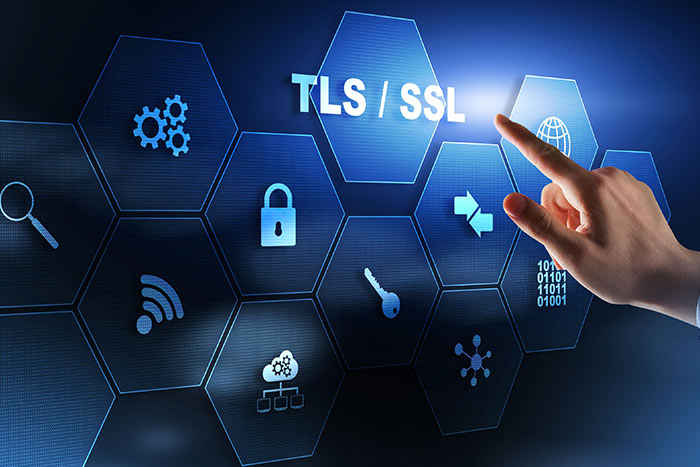
IoT Device SSL/TLS Certificate Management
Extend Zero Trust coverage to IoT devices with 802.1x / TLS / OPC-UA automated certificate provisioning and management.

Are Your Enterprise IoT Passwords Compliant
Automate verification of password policies at scale and meet standards compliance such as PCI, NERC, and NIST.

Enterprise IoT Device Firmware Management
IoT device security and management with automated firmware updates at an enterprise scale.





